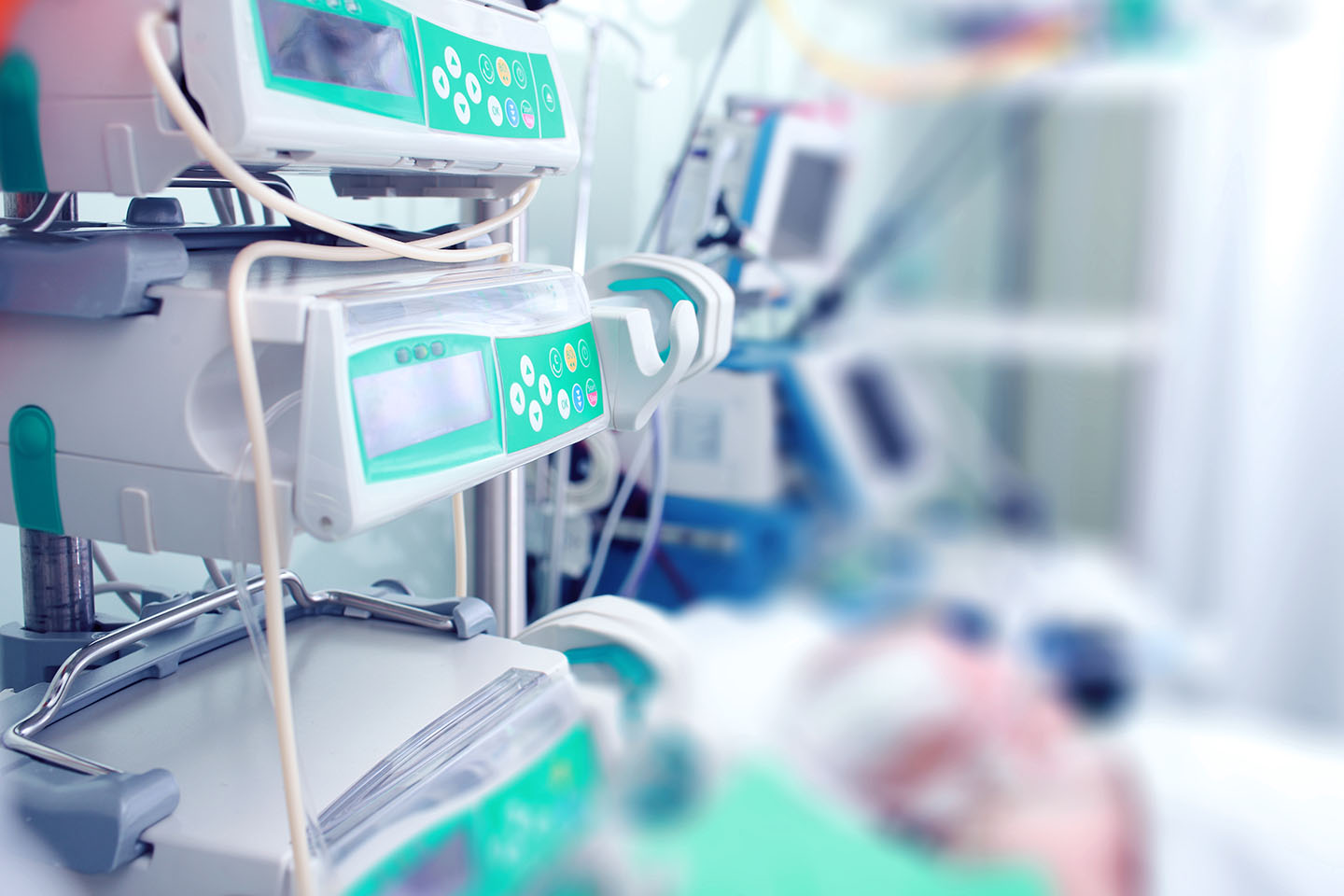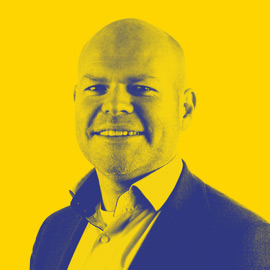
Advanced technologies and medical resources
The world’s population is getting older, and diseases can also be fought with greater precision. We have more and more advanced technologies and medical resources that improve care. In addition, the method of care is changing, with care at home becoming ever more commonplace. Of course, this is great news for all of us, only it puts enormous pressure on our health care system. How do I make sure the right resources are in the right place? Do I have enough knowledge and resources available that are also deployable? And how do I keep my scarce group of employees from having to search for essential resources unnecessarily, while having the confidence that they can be used safely?
All basic questions that hospitals face every day. And these questions will only get bigger and more complex in the near future. To answer them, hospitals will have to optimize. Improve existing processes and above all digitize them. Because the answer is not in expanding existing resources. Indeed, studies show that the war for talent will only intensify. And scarcity will increase further. So we need to do more with less. But how?
Healthcare Technology Management
Healthcare Technology Management (HTM) 4.0, describes the way the integration of digital technologies and automation within healthcare. It represents a shift toward using advanced technologies to create “smart hospitals” and optimize maintenance processes.
Key technologies associated with HTM 4.0 include the Internet of Things (IoT), artificial intelligence (AI), big data analytics, cloud computing, robotics and cyber-physical systems. These technologies enable “medical” plants, devices and systems to communicate and work together, leading to greater efficiency, productivity and flexibility.
HTM 4.0 encompasses several principles and concepts, including:
- Interconnectivity: “medical” facilities, devices and systems are interconnected and communicate with each other in real-time. This enables the exchange of information and coordination between different parts of the care and maintenance process.
- Transparent information: Data from different sources, such as sensors, “medical” devices, service systems and from people, are collected and analyzed in real-time. This provides insight into the care and maintenance process, enabling better decision-making and optimization.
- Technical Support: Advanced technologies, such as AI and VR/AR, remote support, Track and Trace, Advanced Analytics, assist people in performing complex tasks. This can include tasks such as quality control, predictive maintenance and autonomous operation of devices.
- Decentralized Decision Making: Using AI and machine learning algorithms, decision-making processes can be decentralized. This allows for autonomous decision-making at different stages of the maintenance process, reducing the need for human intervention.
- Modularization: systems are designed to be modular, allowing for easy modification and customization. Modules can be added, removed or reconfigured based on specific regulations, changing care demand or system requirements, making the process more flexible and efficient.
The goals of HTM 4.0 include improving productivity, reducing costs, increasing quality, improving flexibility and enabling faster innovation. It has the potential to revolutionize industries such as manufacturing, logistics, energy and healthcare by harnessing the power of digital technologies and automation.
To learn more about how IFS Ultimo’s HTM software delivers on this, visit our website or request a demo. We are more than happy to guide to through your digital transformation.




